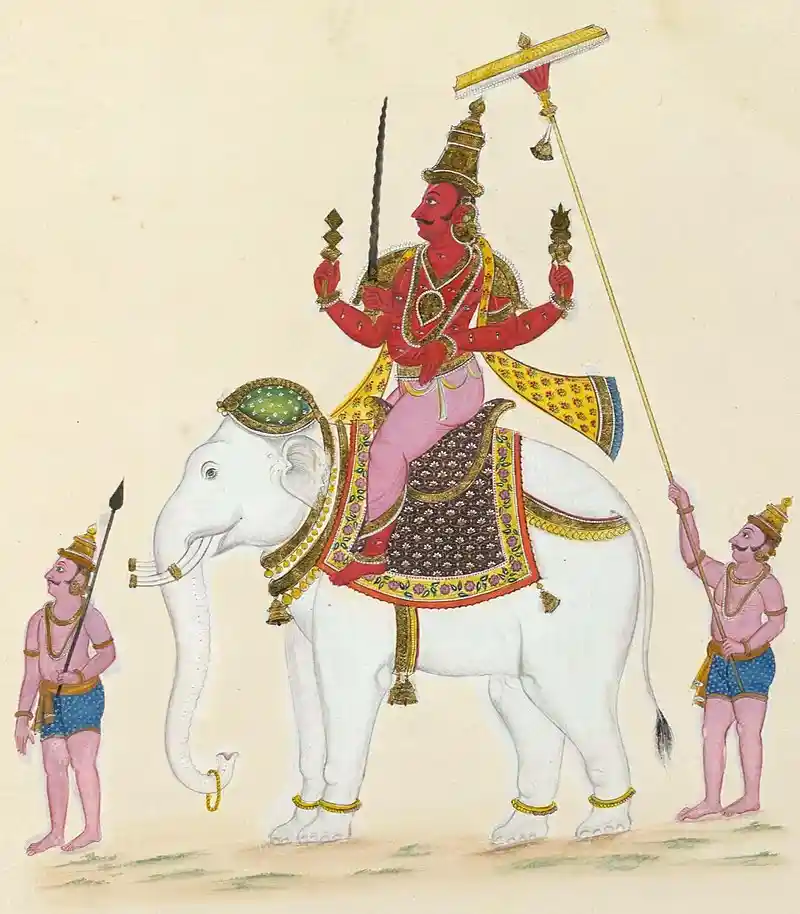Menstruation in Hindu Mythology
Menstruation is a taboo in India. To talk about it or to even mention the term is being looked down upon. Today, through this article, we shall find out the “why” behind such taboo within the context of Hindu mythology.

Posters prohibiting menstruating women from entering the temple premise, source: Astro Ulagam
If one has to interpret this narration, one can very clearly see that the sin of killing a Brahmana is the highest of all. As per the Hindu Varna system, a Brahmana stands at the apex, thus holds the most power. In such a power-hierarchy, gender, automatically gets suppressed.
Furthermore, such narration of shifting the onus of sin on women, makes them more deprived of their freedom. This narration may be a myth, the social consequences are embedded. Thus the taboo.
Nobody wants to talk about the highest sin, thus menstruation, within the Hindu context becomes a taboo. Moreover, the sin makes one impure, and thus the restrictions, to prohibit impure women from entering auspicious premises.
We all must have come across temple boards and banners that prohibit the entry of menstruating women. Even at our homes, women are prohibited from worshipping, entering the kitchen and many more restrictions are imposed on them. Some may argue that these restrictions were to actually ease the household chores on the woman while she is menstruating.
Nevertheless, this so-called ‘easing’ has now become a hurdle in a woman’s day-to-day life and hinders her rights. Not to ignore that many are not even aware of menstruation, are uneducated and unaware as the topic still remains to be a taboo.
But did anyone question the WHY part of it?
Why exactly is something so natural is considered taboo?
Origin of Menstruation
According to Hindu mythology, a story is narrated in the Vedas that tells us the origin of menstruation.
Yajurveda Taittiriya Samhita narrates an instance where Indira- the god of rain, kills Vishvaroopa- a Brahmana. As per the Vedas, Brahmahatya (killing a Brahmana) is the highest sin one could commit. However, Indira was able to free himself from the sin when the women on earth agreed to take accountability for the sin he had committed. As a result, the blood that was shed by Indira now flew from women’s bodies as an act of remorse.
This was a cyclical process that repeated every 28-30 days. And thus began the menstruation.
Interpretation and Impurit

Indira- the God of rain, source: WikiMedia

Menstruating Goddess at Kamakhya Temple, Assam, Source: ScoopWhoop


